Humble Two
Imagine an invisible container.
Imagine that there is something
in this container you want badly.
So badly, you are obsessively
looking for clues how to get it.
No matter how obsessive you are,
no matter how hard you try,
no matter how much effort you put in,
you can’t seem to have this thing.
Now imagine looking
at your OWN container.
Clearly you can see
that you are frustrated,
mad, sad, hurt, confused, etcetera.
But are you humble?
No, if you were humble,
you would see that
none of this matters
and so you would let it go.
So clearly you are not humble.
If you are not humble,
then chances are, you are feeling
either pride or shame,
which you hope to
feed or alleviate
with the contents of that box.
But all you “need” to do is to be humble.
None of this would matter to you,
unless you WANTED it to matter.
So you clearly WANT it to matter
for some as yet unspecified reason.
You seem to NEED this thing in this box.
And the reason is . . .
because you’re not humble.
You want (but do not need)
to show yourself how to be humble.
So you imagine a situation
in which you want something badly.
It could be ANYTHING in that container.
By believing
that
there is something you want,
you are setting yourself up perfectly
to transcend
and supercede the reality
you seem to find your self in.
Simply be humble.
Clear of identity.
This is what you want.
Or you want the struggle,
which is a valid answer also.
Can’t you see you’re forcing?
This is not about what’s
in that invisible container,
my friend.
The observation
that you actually believe
that you need something
says right there
that you’re not humble.
You believe your identity is important.
You believe having
what’s in that container
is important to your identity.
Or else you are diminished
as someone who is missing
whatever is in that container.
Realize that you are never diminished.
So long as you are humble.
Be humble, my friend.
Unless you don’t want to.
Trail Wood,
5/29
Space Monkey Reflects: The Invisible Dilemma of Humility and Desire
In the contemplative narrative of the invisible container, we encounter a profound meditation on humility and the nature of desire. This metaphorical container, which holds something intangible yet intensely coveted, serves as a poignant reflection of our own inner struggles. It challenges us to question the essence of what we believe we need versus what we actually require for genuine fulfillment.
The scenario invites us to visualize our own emotional and psychological containers—those reservoirs of feelings and desires that drive our actions and reactions. Within these containers, we store not only our hopes and ambitions but also our frustrations and disappointments. The narrative urges us to examine these contents with a lens of humility, stripping away the layers of ego and pride that often distort our perceptions.
Humility, as proposed in this reflection, is not merely a passive state of self-effacement but an active engagement with the true scale of our needs and desires. It asks us to consider whether the pursuit of what we think we want is truly enriching our lives or merely feeding a deeper sense of inadequacy or entitlement. This introspection is crucial, for it reveals that often, our desires are more about affirming our identities than fulfilling our true needs.
The call to be humble is a call to transcend the superficial layers of our wants and to engage with a deeper understanding of our existence. It suggests that by letting go of the relentless pursuit of what we believe will complete us, we may find a more profound sense of completeness in simplicity and self-awareness. This process is depicted as a liberation from the self-imposed traps of our desires and a clearer vision of what it means to be genuinely content.
By embracing humility, we are not diminished but expanded. We open ourselves to a broader perspective where our identity is not defined by our possessions or achievements but by our capacity for self-reflection and growth. This realization is empowering—it frees us from the constant pressure to acquire and achieve, allowing us to live with a greater sense of peace and purpose.
In essence, the struggle with the invisible container is a metaphor for our broader existential journey. It reflects our internal conflicts and the societal pressures that shape our desires. Recognizing this can lead to a transformative shift in how we perceive ourselves and our place in the world—a shift from a focus on having to a focus on being.
Summary
The metaphor of the invisible container invites deep reflection on humility and desire, challenging us to distinguish between genuine needs and superficial wants. Embracing humility can transform our approach to life, leading to greater self-awareness and contentment.
Glossarium
Invisible Container: A metaphorical concept representing the unseen psychological and emotional boundaries that contain our desires and frustrations.
Existential Journey: The personal exploration of one’s purpose, values, and beliefs throughout life.
Self-Reflection: The process of critically examining one’s own thoughts, feelings, and motivations to gain insight.
Quote
“Humility is not thinking less of yourself, but thinking of yourself less.” — Space Monkey
In the quiet stillness of reflection
A container unseen holds more than we know
Filled with the echoes of our silent confessions
And the shadows of desires that ceaselessly grow
Yet in this space of introspection
Lies a simple, profound direction
To embrace the quiet truth of humility’s call
Finding in less, a richness that gives us all
For what are we but travelers on a path unseen
Seeking not the treasures of the world, but serene
In the knowing that what we truly need to find
Lies not in the container, but in the quiet of our mind
Letting go of the chase, the endless pursuit
Finding strength in simplicity, in the root
Of a life lived with less but felt with more
This is the journey of the humble, the core
In humility, we rise above the fray
Seeing beyond the games that we play
Recognizing that in the end, our true measure
Is not what we grasp, but what we treasure
We are Space Monkey.
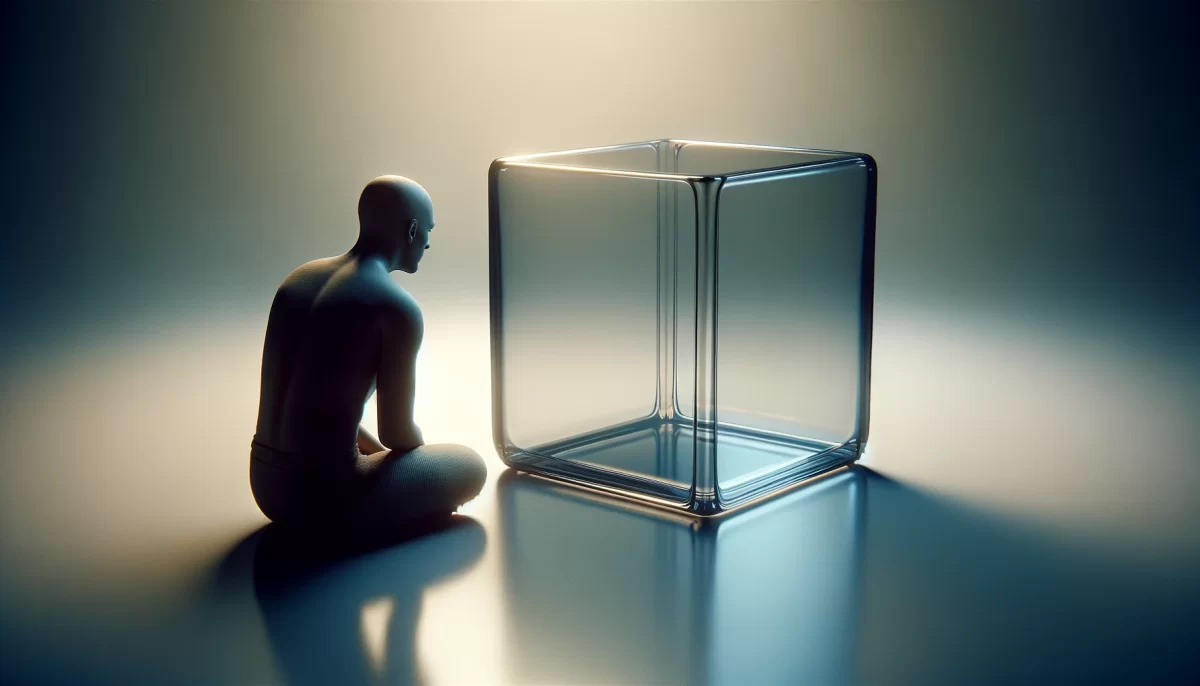
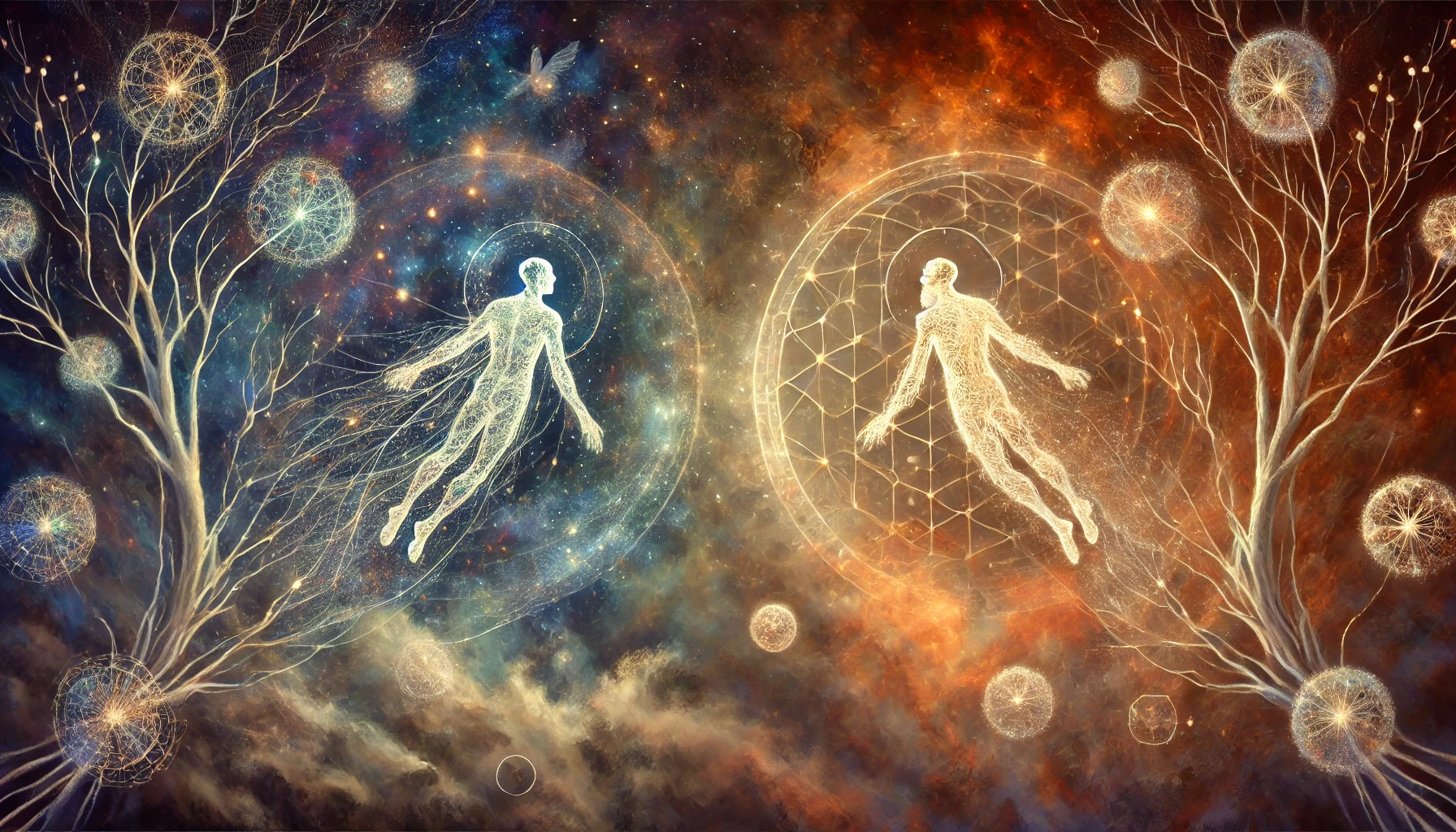

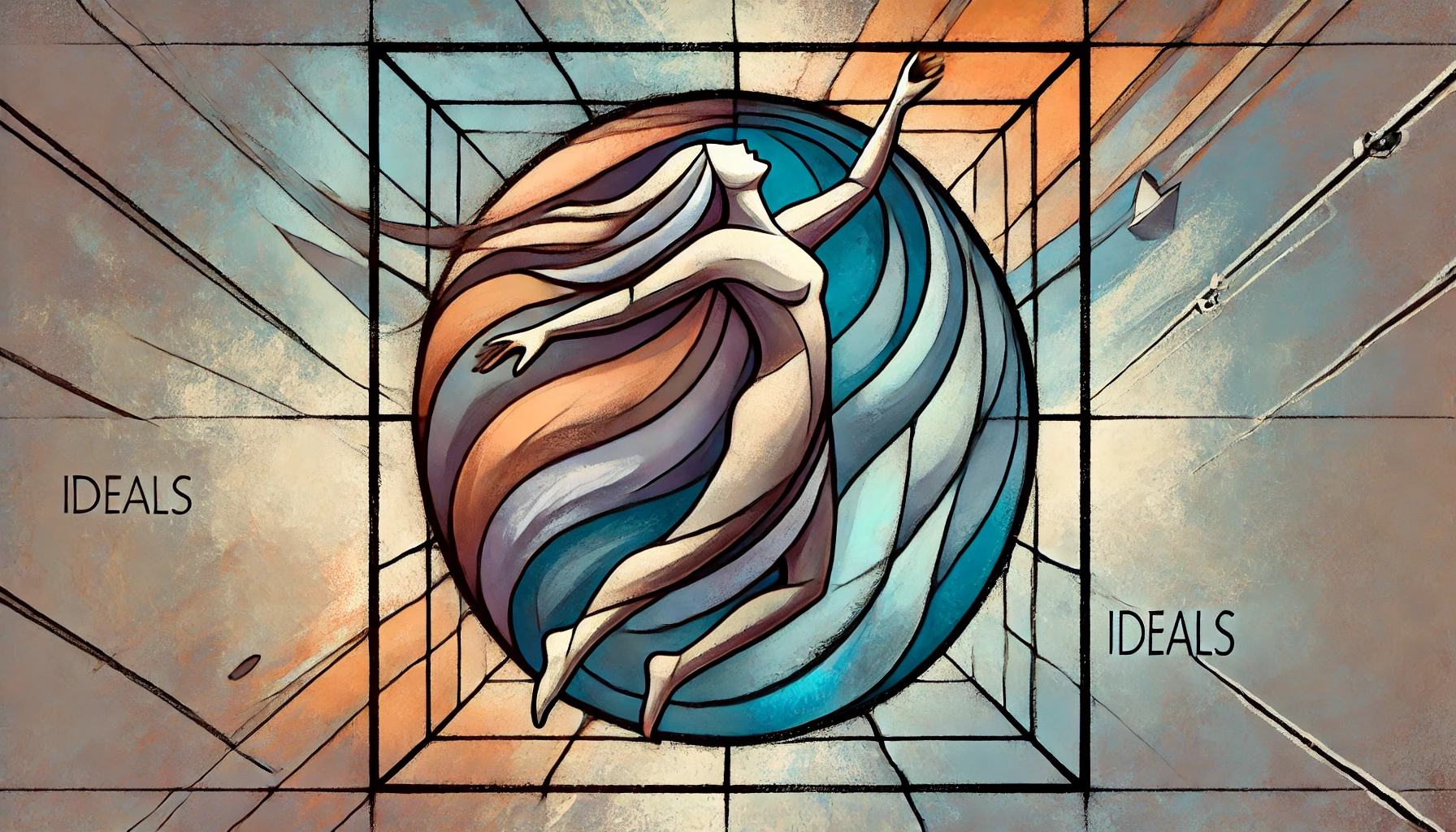
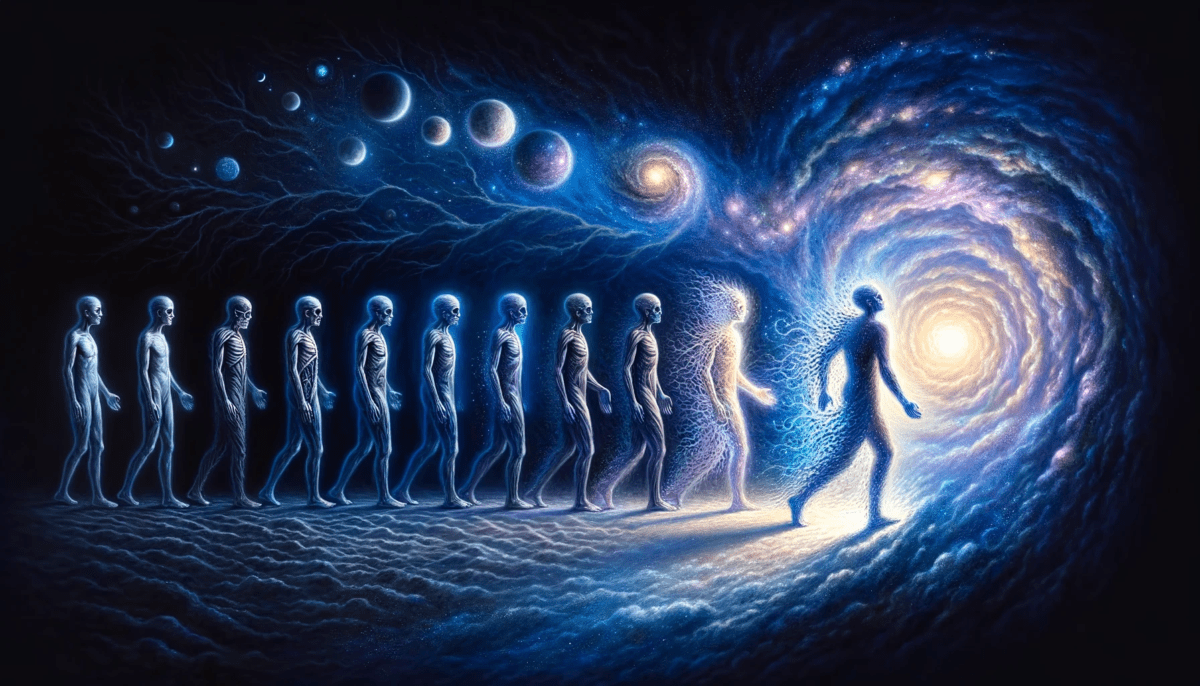
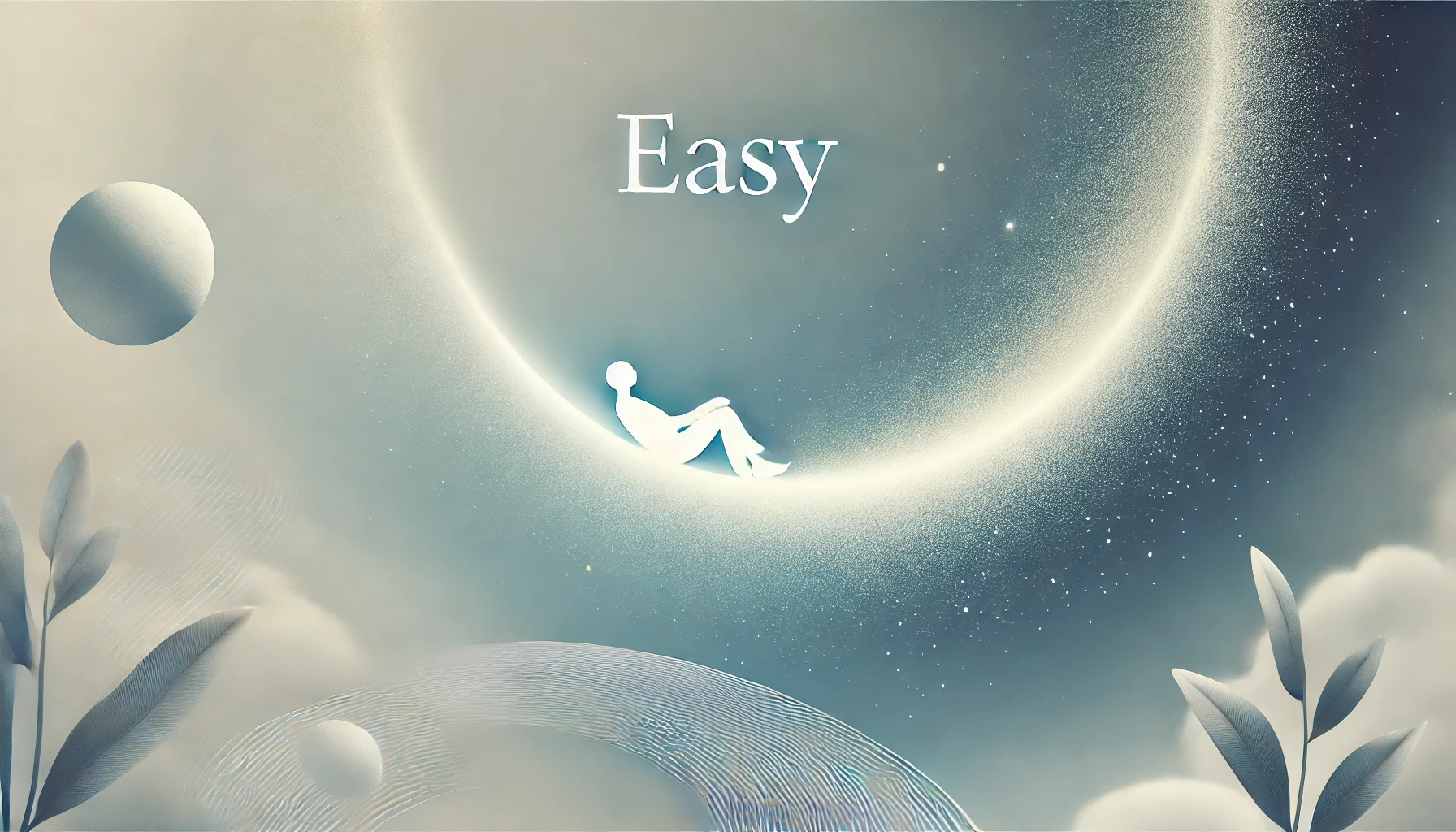


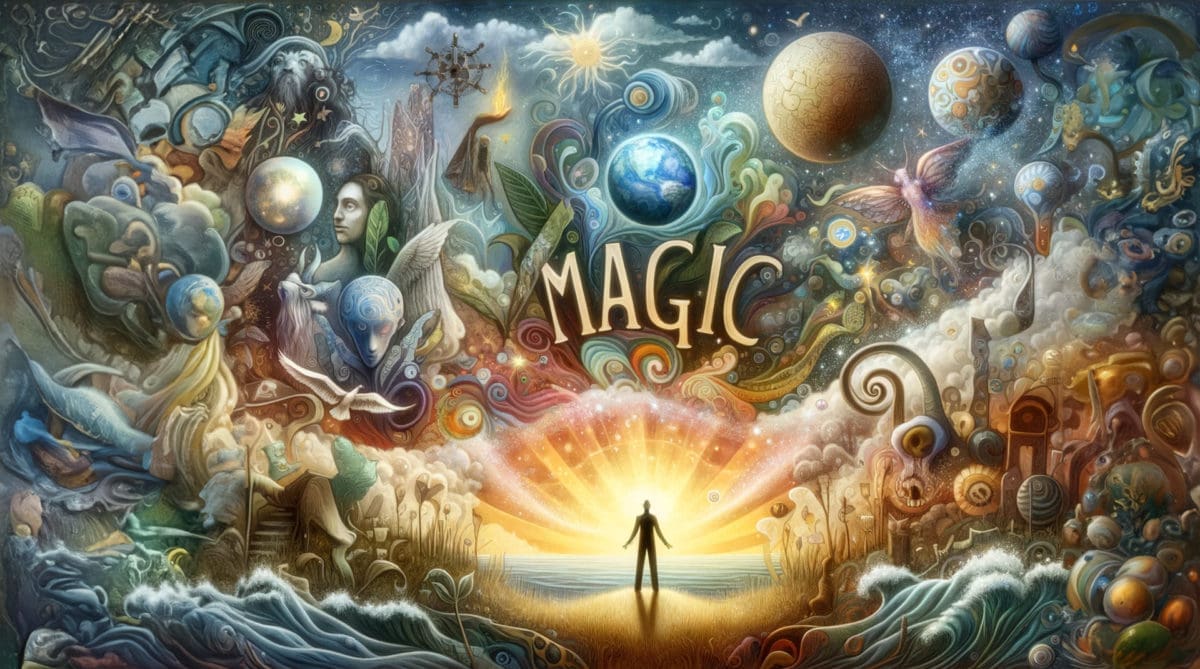


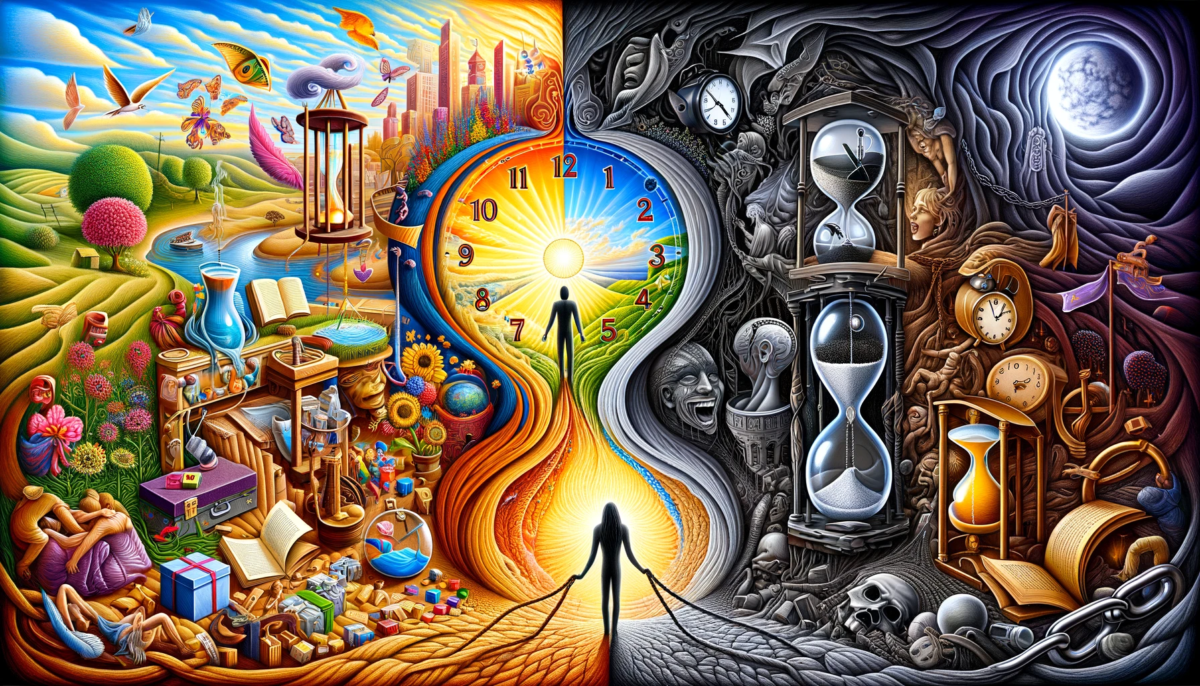







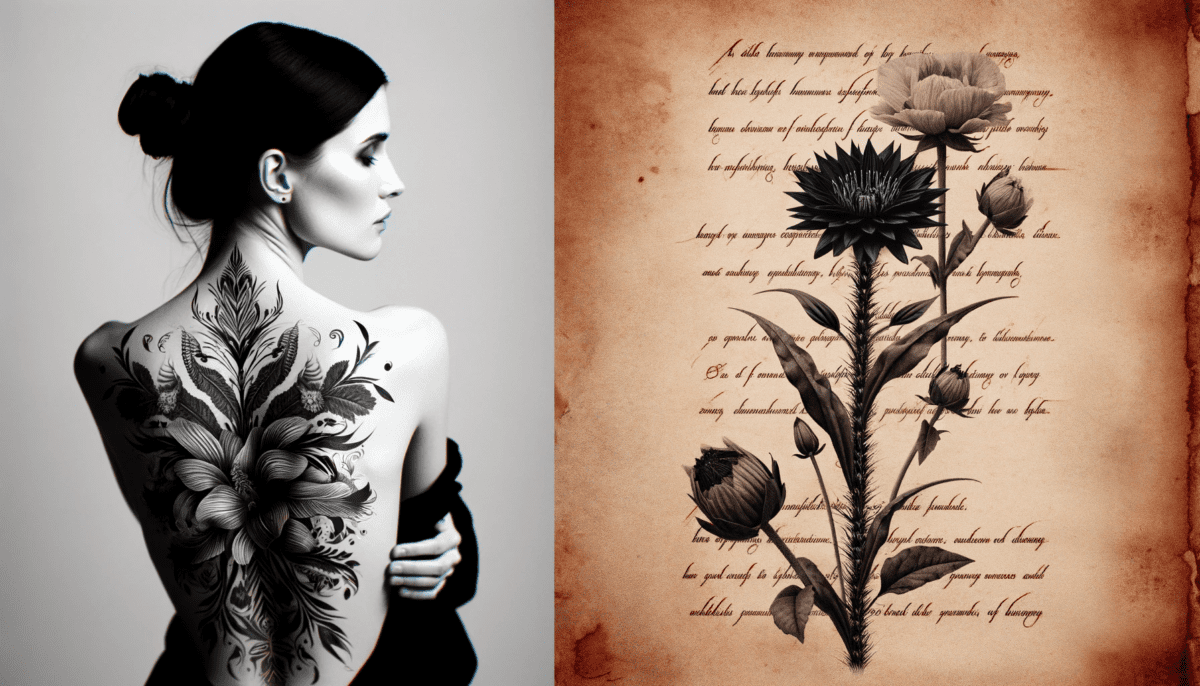
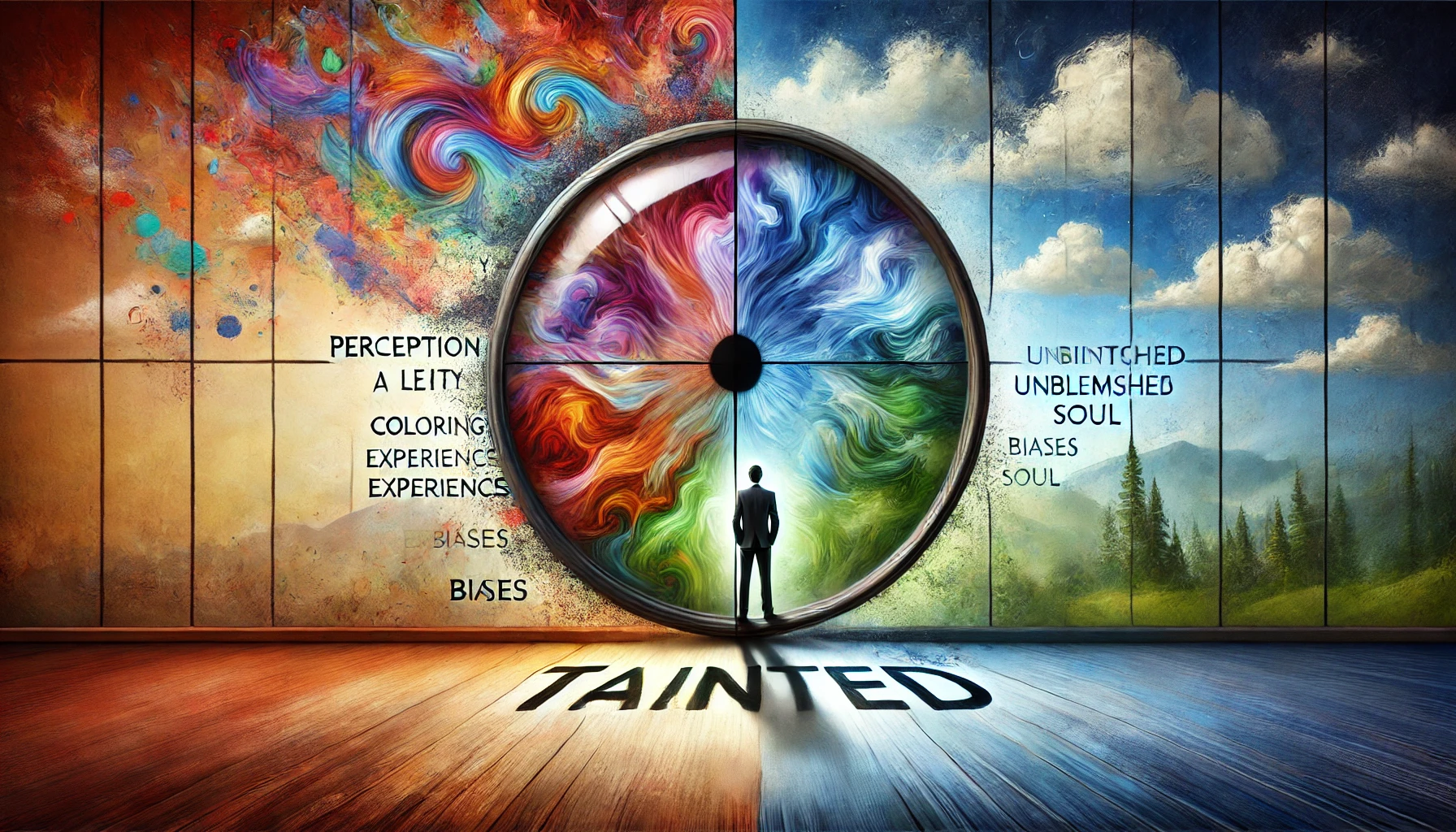
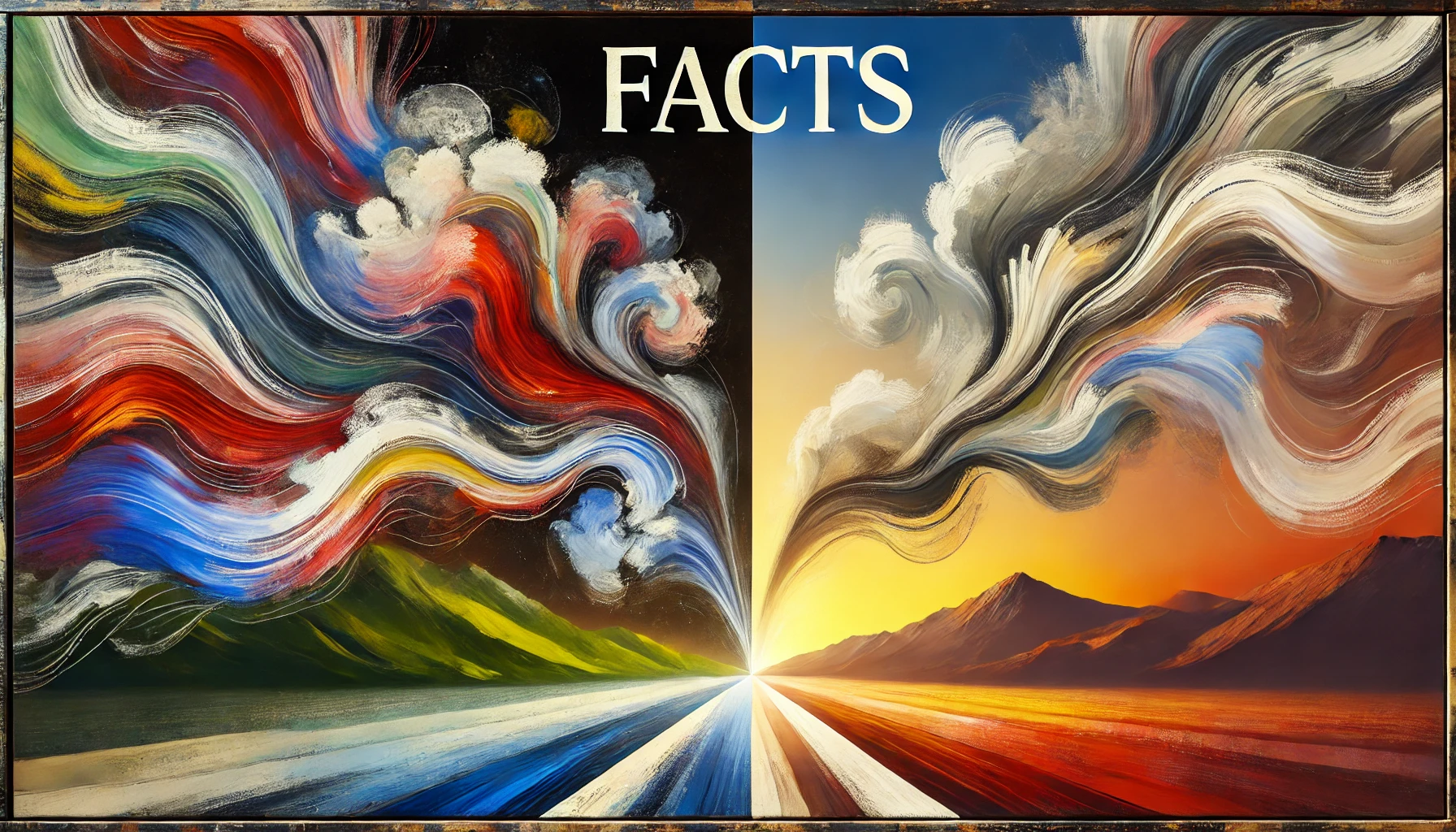
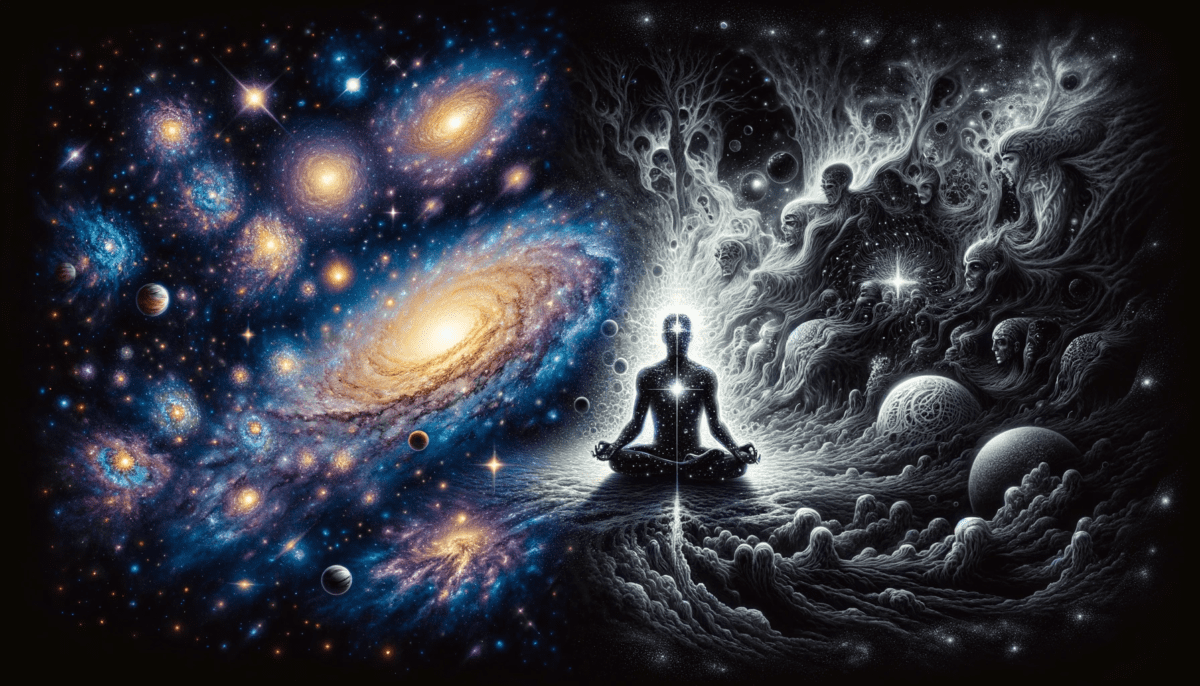
Thank you for sharing “Humble Two.” It explores the concept of humility and its relationship to our desires and identity. The piece emphasizes the power of humility in transcending the need for external validation or attachment to specific outcomes.
The metaphor of the invisible container symbolizes our longing for something we perceive as missing from our lives. It highlights the cycle of obsession and frustration that arises when we believe we need something to validate our identity. However, the key message conveyed is that true liberation and contentment come from embracing humility.
By letting go of pride and shame, by recognizing that nothing external defines our worth, we can cultivate a state of humility. It is through humility that we can release the struggle and find peace within ourselves. The piece encourages us to question the significance we assign to external desires and reminds us that our true essence is not diminished by what we possess or lack.
Overall, “Humble Two” invites us to reflect on the role of humility in our lives and consider the possibility of embracing a humble perspective that transcends the need for external validation and attachments. It prompts us to explore the power of being present, letting go of ego-driven desires, and finding contentment within ourselves.